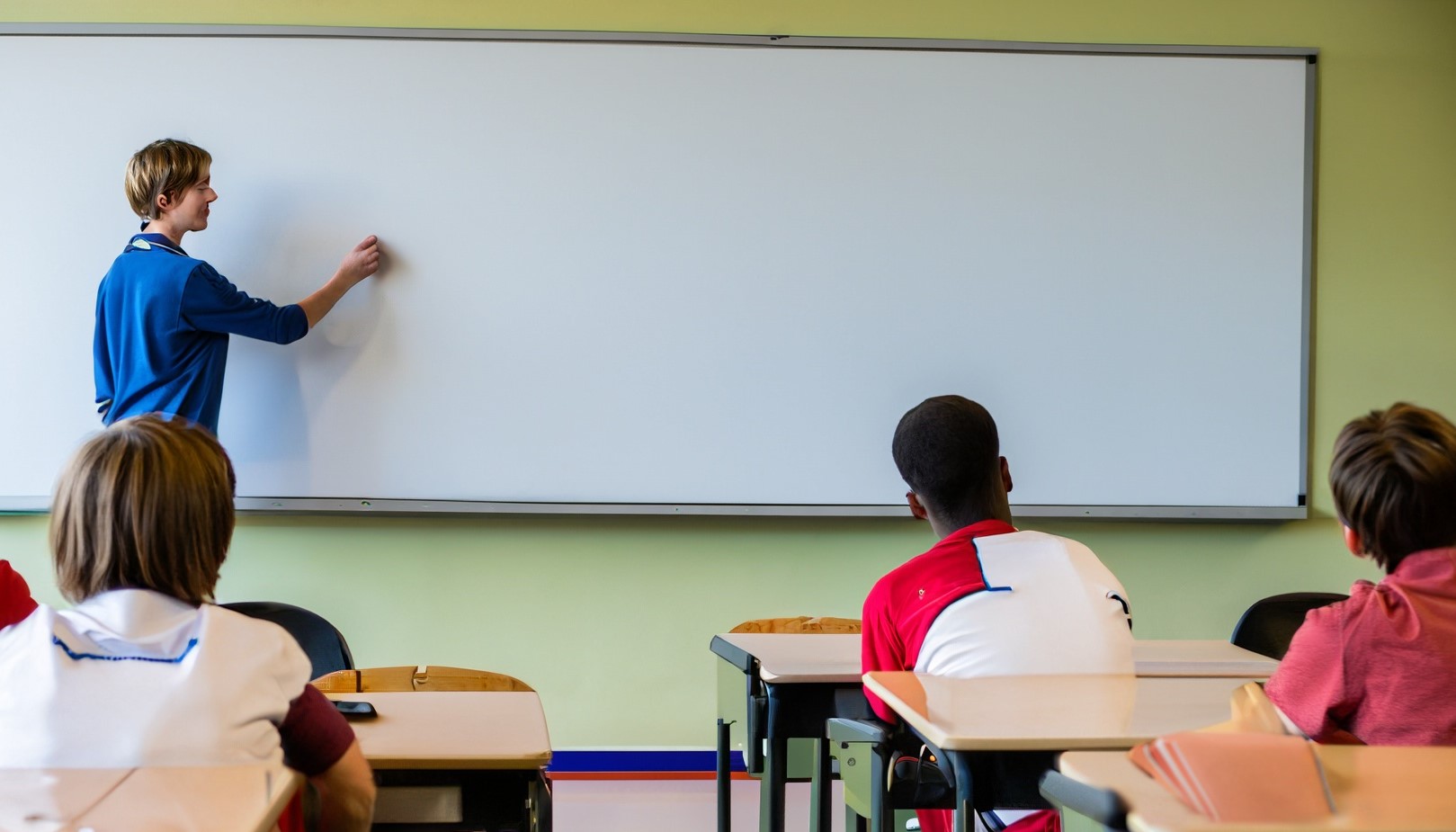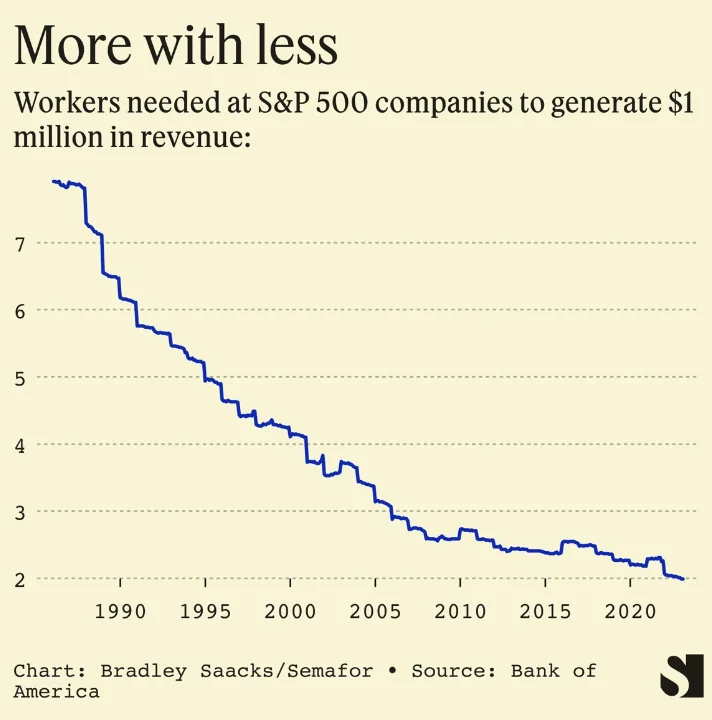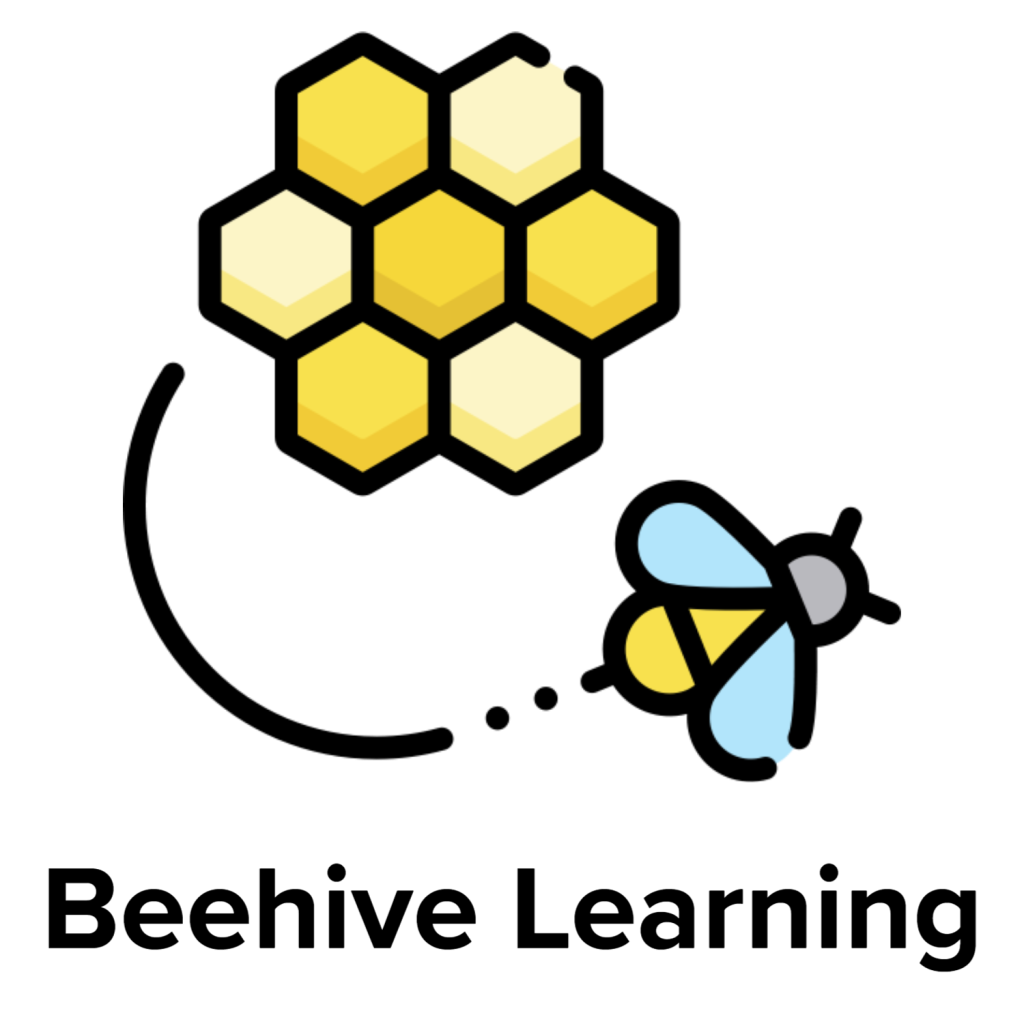Educators need to take control of AI tools in their classroom.

Since the launch of ChatGPT in November 2022, the way we learn, work, and communicate has taken a seismic shift. It’s clear that teachers cannot stop the adoption of AI tools.
I tutor students between 10th grade and seniors in college, and I have a secret to tell you: most of them are already using ChatGPT for their assignments. They have found ways to make their usage undetectable by plagiarism checkers, simply by changing a few words and phrases.
Who can blame them? When used correctly, these technologies can make all of our lives easier.
It’s time for teachers to embrace these technologies and take control of the narrative. By learning how to constructively use AI tools in the classroom, we have the potential to improve the lives of teachers and the quality of education we provide to our students.
AI Does Not Automatically Create A+ Outputs
First and foremost, we need to dispel the misconception that AI tools can effortlessly generate excellent results.
We treat AI like some almighty god that can do any task. This is your reminder that AI tools are nothing without human input (not yet, at least 😉).
Also, AI tools are not search engines. If a student were to prompt ChatGPT with “write an essay on Of Mice and Men,” the output would be off-topic, resulting in a B paper. While that query is appropriate for the age of search engines, AI tools respond to that prompt with a generic response.
There is a field of study called “prompt engineering,” which focuses on creating and refining high-quality prompts for AI. Just like in life, the concept of “garbage in, garbage out” applies here. Constructing high-quality prompts can significantly improve the performance of AI models on specific tasks.
However, even after learning the skills of prompt engineering, students will not be able to create a final draft of an essay, ready to be copied and pasted into Turnitin.com.
Even if a student uses AI for an essay, there is still work to be done. Checking facts, restructuring the content, and rephrasing sentences are essential steps to make it an A+ paper with strong sources and robust arguments. These skills were important 30 years ago, and they are still important today.
We need to teach students to use these tools to prepare them for the modern workforce. This requires identifying the skills that are still relevant with AI, like critical thinking, persuasive writing, and problem solving, and the ones that are no longer relevant, like writing the first draft of an essay and rote memorization.
The Nature of the Workforce is Changing
Throughout our history, technological advancements have constantly reshaped the definition of work – not only what we do, but how we do it. Ultimately, technological advancements are deflationary – they decrease the cost of doing something.
As noted in Bradley Sacks’ newsletter from Semafor, the number of workers needed to generate $1 million in revenue has decreased from eight in the late 1980’s to a mere two today. But what does this really mean?

Over this time period, innovations like computers, software, and AI have increased the productivity of the average worker. Ultimately, this increased productivity reflects a shift in the type of labor required. It’s less about manually intensive tasks and more about knowledge-based, creative, and complex problem-solving tasks.
It’s high time that teachers begin to incorporate the important skills and tools of the last three decades into their classrooms. We are not setting kids up for success by teaching them trigonometry on a brick-sized Texas Instruments calculator they’ll never use after high school. How about teaching them how to do it on a spreadsheet?
Ultimately, the workforce our children will be entering will be dramatically different from the one we know today. AI is a unique technological leap because it is the first time that reasoning has been automated. For the first time ever, our technologies can make judgements, create assumptions, and generate novel creative works.
Since AI models are never 100% accurate, the core skills of creativity, critical thinking, problem solving, and retrieving information from reliable sources are still as important as they have ever been. These parts of the curriculum are not under threat.
As our students enter a changing world, it would be a disservice to them to keep teaching them in the same ways as we always have. The core curriculum must evolve to meet the demands of the modern era, where more can be done with less.
AI Can Improve Student Outcomes
The “2 sigma problem” was a study conducted by educational psychologist Benjamin Bloom in 1984. Bloom sought to investigate the impact of one-on-one tutoring on student performance compared to traditional classroom instruction.
In his study, Bloom found that students who received personalized one-on-one tutoring performed at a level approximately two standard deviations (2 sigmas) above the average of students in traditional classroom settings. This means that the students who received tutoring achieved significantly higher outcomes compared to their peers.
It implies that tutoring has the power to transform an average student into an exceptional one and lift below-average students to above-average levels of achievement.
However, he called it the “2 sigma problem” because it was economically infeasible to provide one-on-one tutoring to every student. Traditional tutoring methods are resource-intensive and often limited in reach due to constraints such as time, availability, and cost.
For the first time in history, we have the opportunity to solve the “2 sigma problem,” since AI technologies make one-on-one tutoring economically viable. Think of an AI as an intelligent, personalized tutor who could deliver individualized instruction and support.
For example, an AI could provide a detailed walkthrough of a difficult question, or generate a first draft of an essay, or generate an adaptive assessment perfect for the student’s level of understanding. These services were only available to the rich, but with new leaps in AI, we now have the unique opportunity of delivering this experience to everyone and improving student outcomes.
If you’re interested in seeing how AI tools can be used as personalized tutors, check out this TED talk. In the talk, Sal Khan demonstrates the capabilities of the new AI tutor Khanmigo, showcasing the potential it holds for transforming education.
Don’t Ban, Harness the Potential of AI Tools
The time is now to adapt our approach to education and embrace AI tools. Banning them would deny students the opportunity to learn how to responsibly use these technologies and navigate a rapidly changing world. By embracing AI, teachers can empower students to excel, prepare them for the modern workforce, and improve student outcomes.

